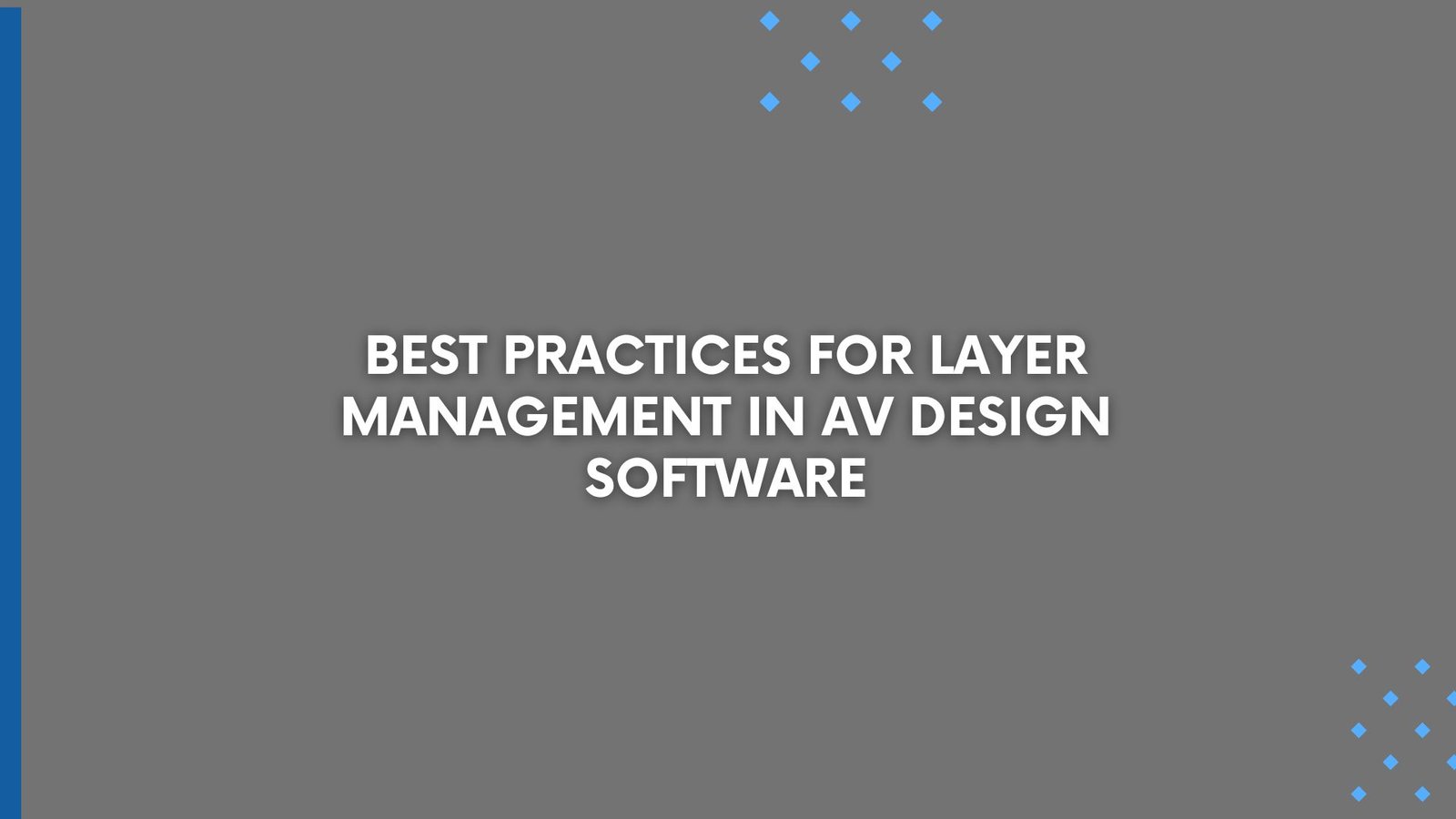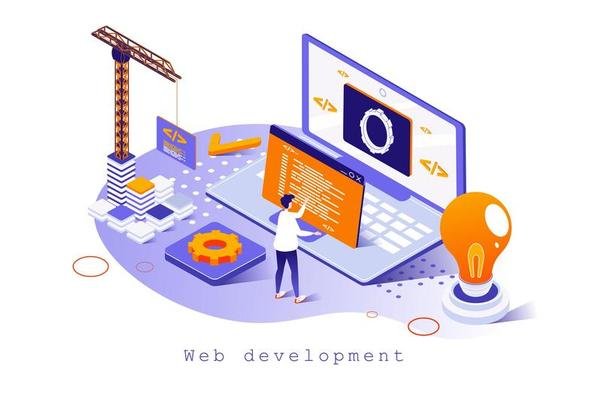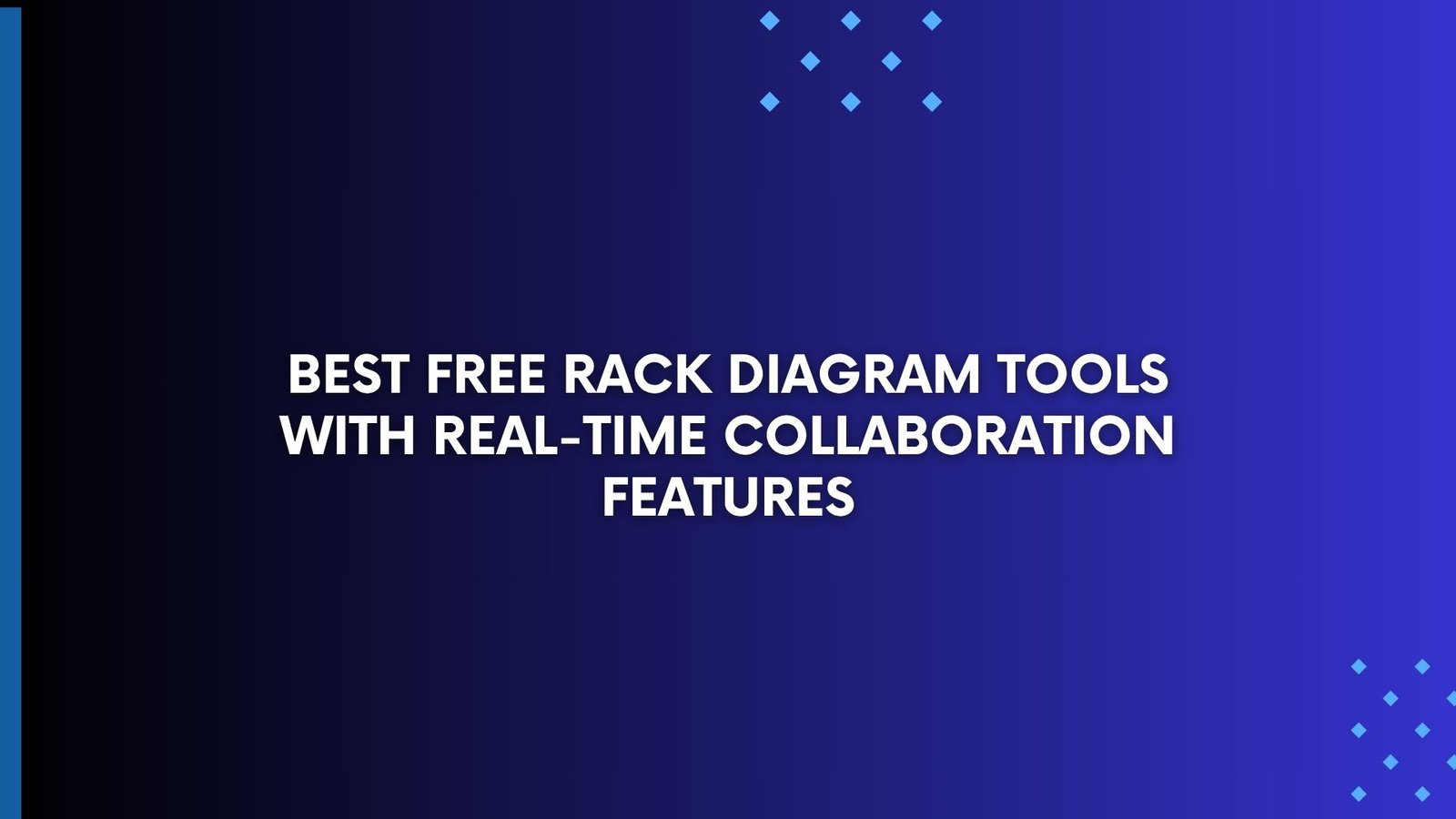In today’s digital landscape, having a strong online presence is crucial for businesses looking to attract customers and grow. One of the most effective ways to achieve this is through SEO-optimized website design. In Melbourne, where competition is fierce, creating a website that not only looks good but also ranks well on search engines can set you apart from your competitors. This article explores the importance of SEO-optimized website design, key components that contribute to effective SEO, and actionable strategies for boosting your online visibility.
Understanding the Importance of SEO-Optimized Website Design
Before diving into the specifics, it’s essential to understand why SEO-optimized website design is vital for your business:
1. Improved Search Engine Rankings
Search engines like Google use complex algorithms to determine the ranking of websites in search results. Websites that are designed with SEO in mind tend to rank higher because they adhere to best practices in coding, structure, and content.
2. Enhanced User Experience
A well-designed website not only attracts visitors but also retains them. SEO-optimized design focuses on user experience, making it easy for visitors to navigate your site, find information, and engage with your content. This leads to lower bounce rates and higher conversion rates.
3. Higher Conversion Rates
When your website is both visually appealing and optimized for search engines, visitors are more likely to take action—whether that’s making a purchase, signing up for a newsletter, or contacting your business. SEO-optimized designs encourage user engagement, ultimately leading to higher conversion rates.
4. Better Brand Credibility
Websites that rank well on search engines are often perceived as more credible and trustworthy by users. An SEO-optimized website design helps establish your brand as an authority in your industry, which can lead to increased customer loyalty.
Key Elements of SEO-Optimized Website Design
To effectively boost your online visibility, several key elements should be incorporated into your website design. Here’s a breakdown of these elements:
1. Responsive Design
With the increasing use of mobile devices for browsing, having a responsive website design is crucial. A responsive design ensures that your website adapts to different screen sizes, providing a seamless experience for users on smartphones, tablets, and desktops. Search engines prioritize mobile-friendly sites in their rankings, making responsive design essential for SEO.
2. Fast Loading Speeds
Website loading speed is a critical factor affecting user experience and SEO rankings. A slow-loading website can frustrate users and lead to high bounce rates. Aim for a loading time of under three seconds by optimizing images, minimizing HTTP requests, and leveraging browser caching.
3. SEO-Friendly URL Structure
Creating clean, descriptive URLs is vital for both SEO and user experience. An SEO-friendly URL should include relevant keywords, be easy to read, and reflect the content of the page. For example, instead of using a URL like www.example.com/page1, use www.example.com/seo-optimized-website-design-melbourne.
4. Quality Content
Content is king in the world of SEO. Producing high-quality, relevant content that addresses the needs and interests of your target audience is essential. Incorporate keywords naturally throughout your content, including headings, subheadings, and meta tags. Remember to update your content regularly to keep it fresh and engaging.
5. Effective Use of Headings and Subheadings
Properly structured headings (H1, H2, H3) help search engines understand the hierarchy of your content. Use relevant keywords in your headings to improve your chances of ranking higher in search results. Additionally, well-organized content enhances readability and encourages user engagement.
6. Meta Tags Optimization
Meta tags, including the title tag and meta description, provide search engines with information about your page. Ensure that each page on your website has a unique title tag and meta description that includes relevant keywords and accurately reflects the page’s content. This helps improve your click-through rates from search results.
7. Image Optimization
Images can enhance the user experience but can also slow down your website if not optimized. Compress images to reduce file size without sacrificing quality, and use descriptive file names and alt tags that include relevant keywords. This not only improves load times but also helps with SEO.
8. Internal Linking
Internal links guide visitors to relevant content within your website, enhancing navigation and keeping users engaged longer. They also help search engines crawl your site more effectively, which can improve your rankings. Make sure to link related content and use descriptive anchor text.
9. Secure Website (HTTPS)
Security is a priority for both users and search engines. Switching to HTTPS (Hypertext Transfer Protocol Secure) encrypts the data exchanged between users and your site, providing a safer browsing experience. Google considers HTTPS a ranking factor, so ensure your website is secure.
10. Social Media Integration
Integrating social media buttons and sharing options can drive traffic to your website and improve your online visibility. Encourage visitors to share your content on social media platforms, which can lead to increased exposure and potentially higher rankings.
Implementing SEO-Optimized Design: A Step-by-Step Guide
Step 1: Conduct Keyword Research
Start by identifying relevant keywords for your business using tools like Google Keyword Planner, SEMrush, or Ahrefs. Focus on keywords that reflect your services, location, and audience intent.
Step 2: Plan Your Website Structure
Create a logical website structure that organizes your content into categories and subcategories. This helps both users and search engines navigate your site more effectively.
Step 3: Design with SEO in Mind
As you develop your website, keep SEO principles in mind. Ensure that your design is responsive, fast-loading, and visually appealing while incorporating SEO best practices.
Step 4: Optimize Content
Incorporate your identified keywords naturally into your content, headings, and meta tags. Aim for high-quality, informative content that provides value to your audience.
Step 5: Test and Optimize
After launching your website, regularly monitor its performance using tools like Google Analytics and Search Console. Track metrics such as traffic, bounce rates, and conversion rates. Use this data to make informed adjustments to your design and content strategy.
Conclusion: Elevate Your Online Presence with SEO-Optimized Website Design
Investing in SEO-optimized website design in Melbourne is essential for businesses looking to boost their online visibility and attract more customers. By focusing on key elements such as responsive design, fast loading speeds, quality content, and effective SEO strategies, you can create a website that not only looks great but also performs exceptionally well in search engine rankings.
With the right approach, your website can become a powerful tool for driving traffic, engaging visitors, and ultimately converting them into loyal customers. Start implementing these strategies today, and watch your online presence soar.
FAQs about SEO-Optimized Website Design
Q1: How long does it take to see results from SEO optimization?
A: SEO is a long-term strategy, and it may take several months to see significant improvements in search rankings and traffic. However, you can start noticing some changes in the first few weeks.
Q2: Can I optimize my website for SEO myself?
A: Yes, many aspects of SEO can be managed in-house, especially if you have a basic understanding of web design and content creation. However, hiring a professional can provide additional expertise and faster results.
Q3: Is SEO-optimized website design expensive?
A: The cost of SEO-optimized website design can vary widely based on factors like the complexity of the design, the level of customization, and the services included. It’s essential to weigh the investment against the potential benefits of increased traffic and conversions.
Q4: What is the role of backlinks in SEO?
A: Backlinks, or links from other websites to yours, are crucial for SEO. They signal to search engines that your content is valuable and trustworthy, helping to improve your site’s authority and rankings.
Q5: How often should I update my website content?
A: Regularly updating your website content is vital for SEO. Aim to refresh your content at least every few months, adding new blog posts or updating existing pages with the latest information to keep your audience engaged and improve search rankings.
















Leave a Reply